Pontiac didn’t stumble into the muscle car era—it worked its way there. The transformation from a quiet, mid-tier GM brand into a performance powerhouse didn’t happen overnight. It started in 1955 with a modern V8 and gained traction through bold styling, track success, and a new leadership team that wasn’t afraid to take risks.
Between 1955 and 1963, Pontiac built faster cars, embraced drag racing, and started speaking directly to younger buyers. By the time the GTO arrived in ’64, the groundwork was already set. This is the story of how Pontiac got its edge.
1955: The OHV V8 Arrives
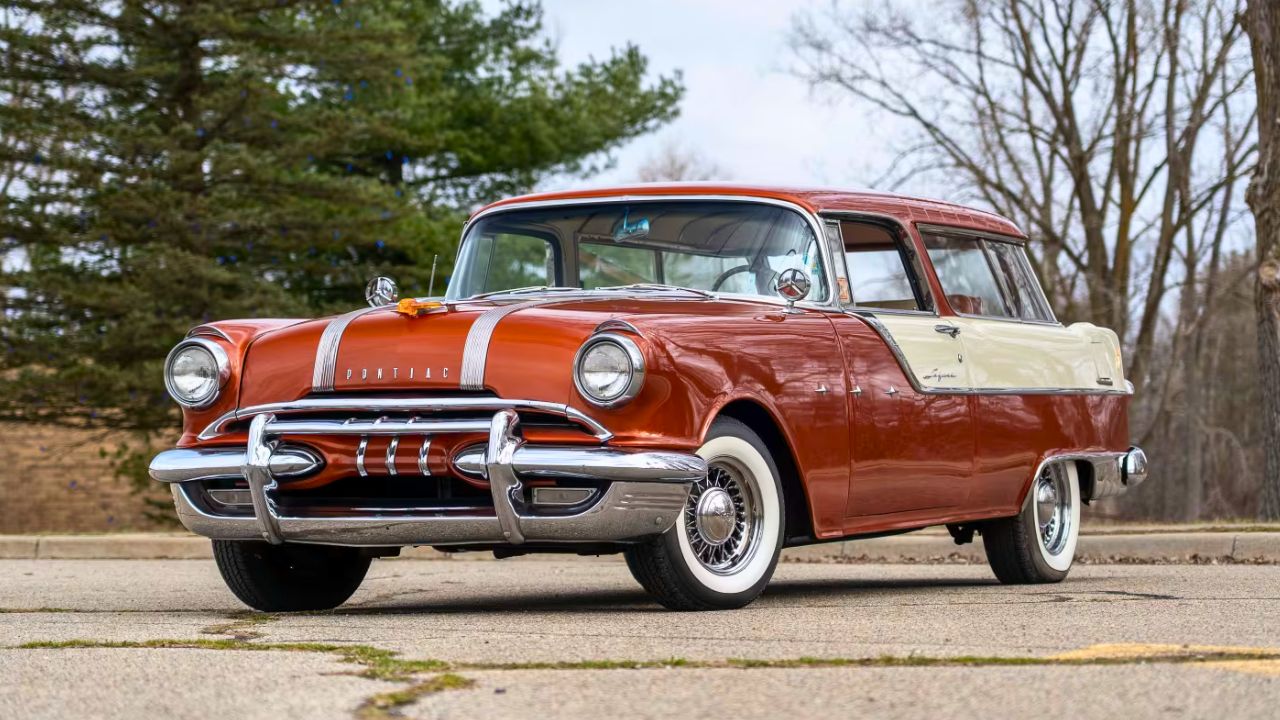
Pontiac finally said goodbye to the aging straight-eight in 1955 and introduced a modern overhead-valve V8. Displacing 287 cubic inches, it made up to 200 horsepower—plenty for a division not yet known for performance.
The new engine gave Pontiac real credibility. Paired with fresh, lower-slung styling and brighter colors, it helped reposition the brand from practical to promising. Sales jumped by nearly 100%, proving that buyers were ready for a faster, flashier Pontiac.
1956–1957: Power Climbing, Image Evolving
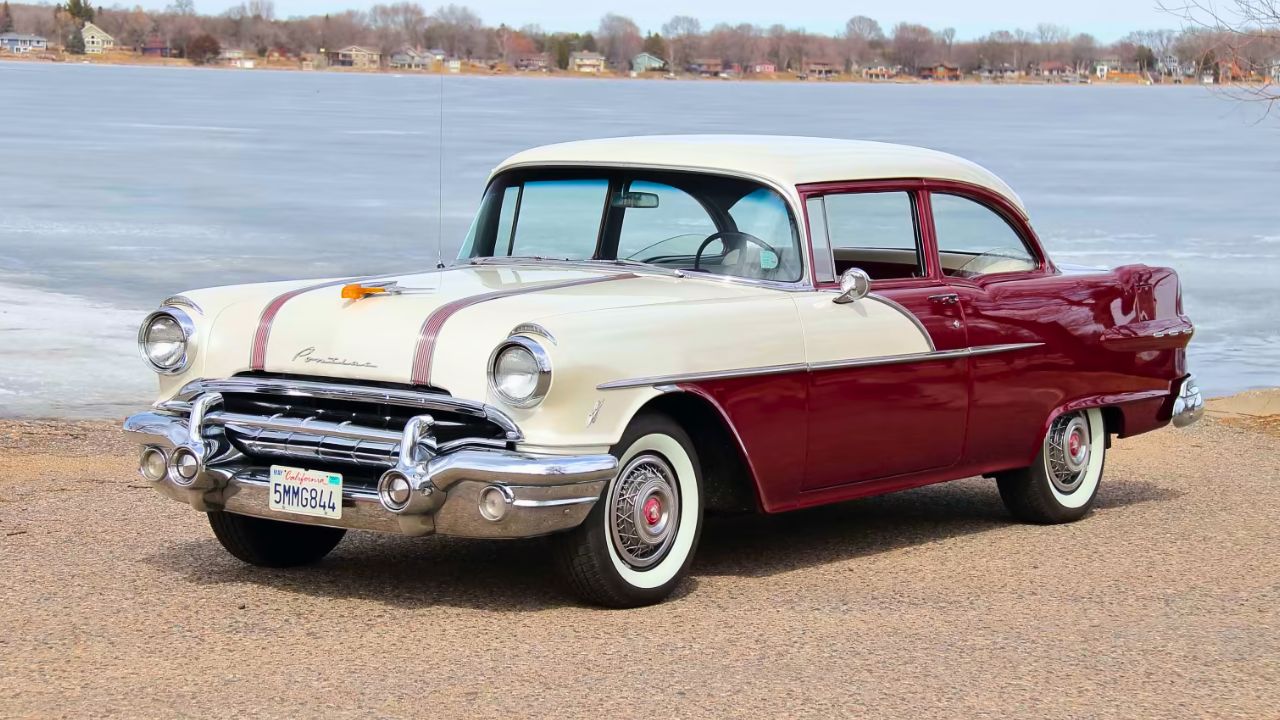
The V8 grew to 316 and then 347 cubic inches by 1957, and so did Pontiac’s confidence. That year, Pontiac introduced fuel injection as a high-tech option on the Bonneville—marking the first time the brand had truly flirted with cutting-edge performance.
The ’57 Bonneville was limited to just 630 units, but it was a clear sign of where Pontiac wanted to go. With Harley Earl’s influence on design and increasing support from GM brass, the brand was stepping out of its conservative past.
1958: A Pause in Momentum
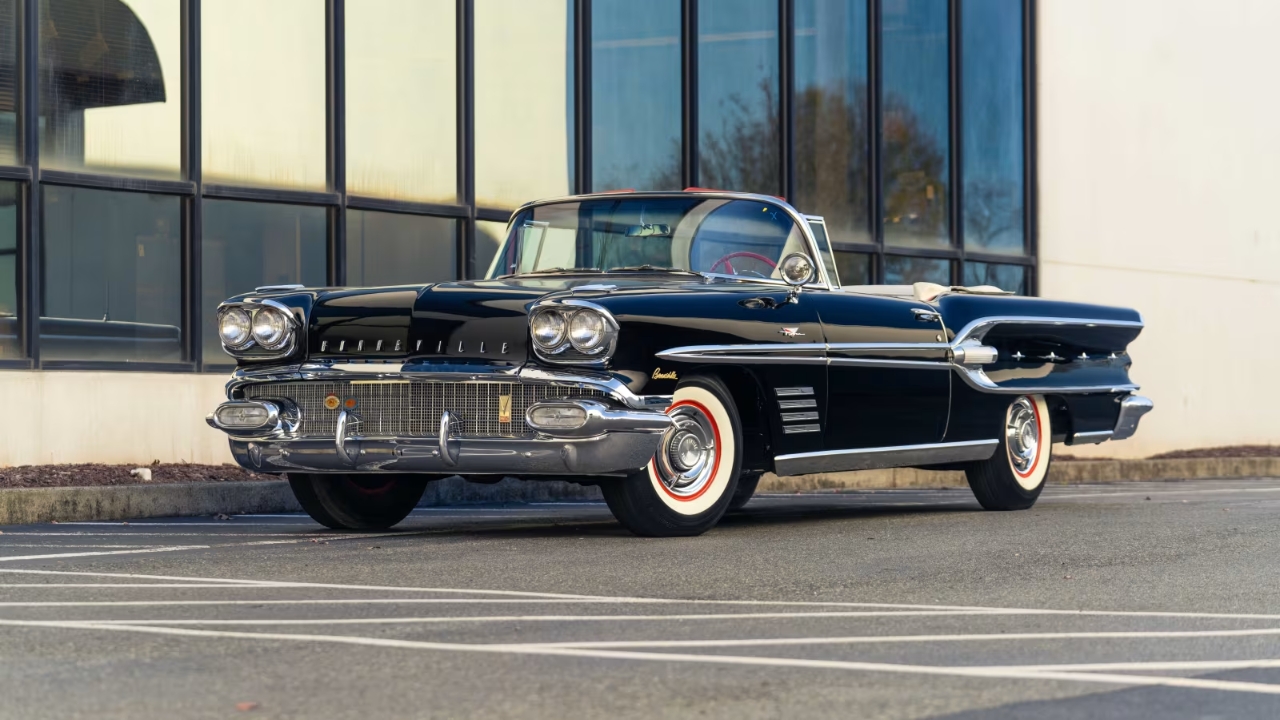
The 1958 models were bigger and heavier, with a focus on luxury over speed. The Bonneville expanded into a full series, and while the 370-cubic-inch V8 made respectable power, the cars themselves were more about chrome than cornering.
It was a strange year for Pontiac—sales dropped, and the cars didn’t resonate with buyers looking for something fresh. But change was already brewing in the background, thanks to a new general manager with a very different vision.
1959: The Wide-Track Era Begins
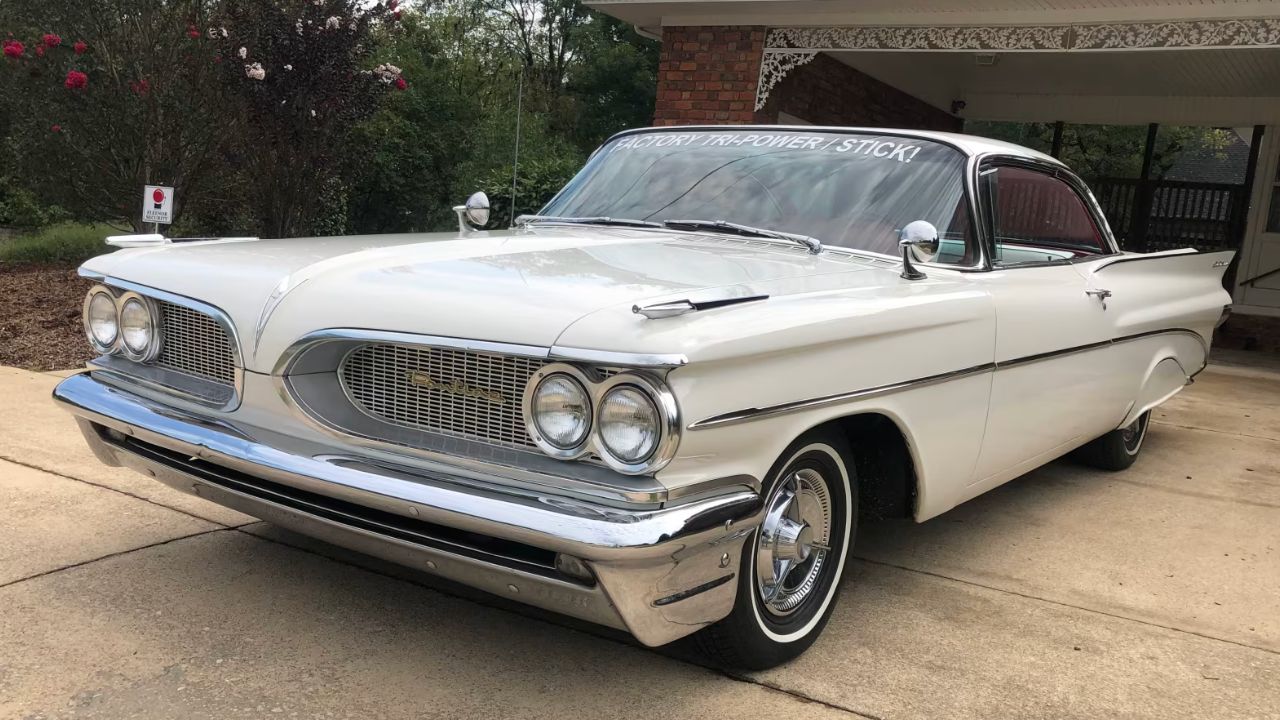
Bunkie Knudsen took the reins as general manager in 1956, but 1959 was when his influence truly took hold. That year, Pontiac launched its “Wide-Track” campaign, pushing the wheels farther apart for better handling—and more visual impact.
The 1959 lineup was lower, wider, and faster than anything Pontiac had built before. It was the start of a new brand identity: one that leaned into performance without abandoning everyday usability. It worked—sales rebounded, and the cars stood out from a sea of lookalike sedans.
1960: Performance Creeps In
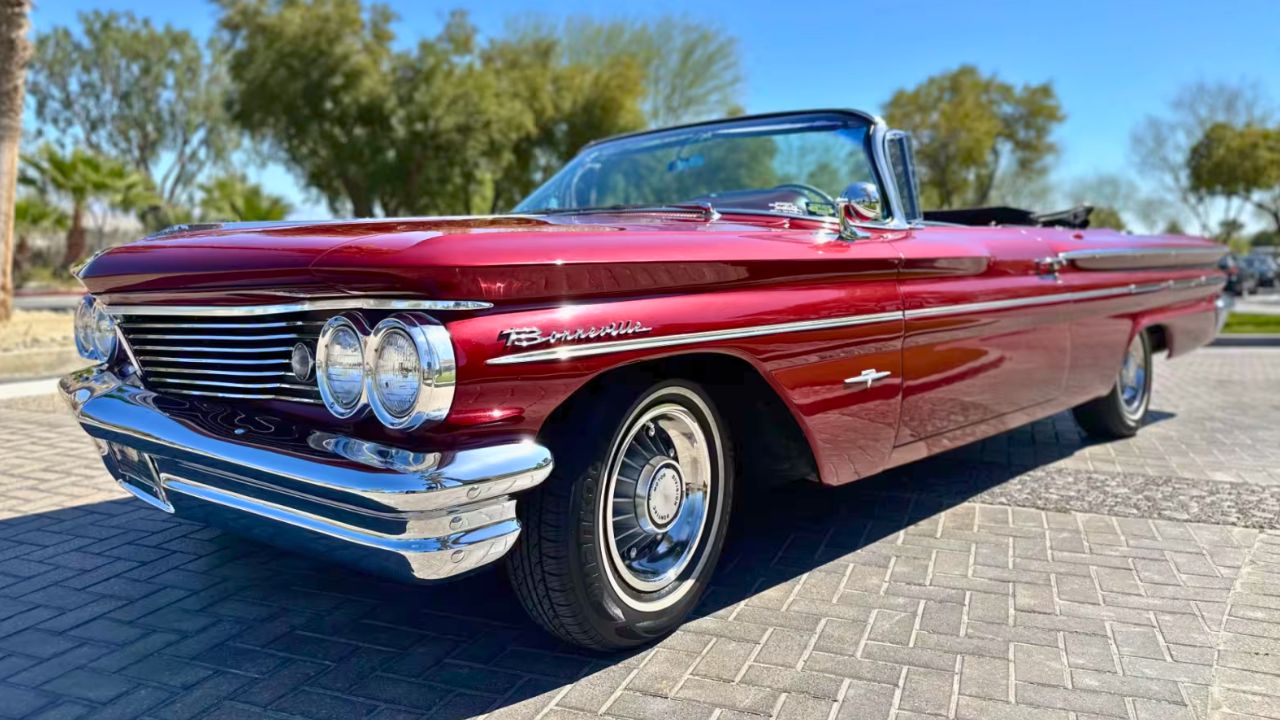
The 1960 Pontiacs were sharper-looking and lighter than the ’59s, and under the hood, the 389 V8 became the brand’s go-to powerplant. It would go on to define the next decade. You could now get a Catalina or Ventura with over 300 horsepower—and with manual transmissions, too.
Drag racers took notice. Pontiac wasn’t a full-fledged performance brand just yet, but the seeds were planted. Even in full-size form, these cars were starting to earn a reputation for serious speed.
1961: The Compact Tempest Debuts
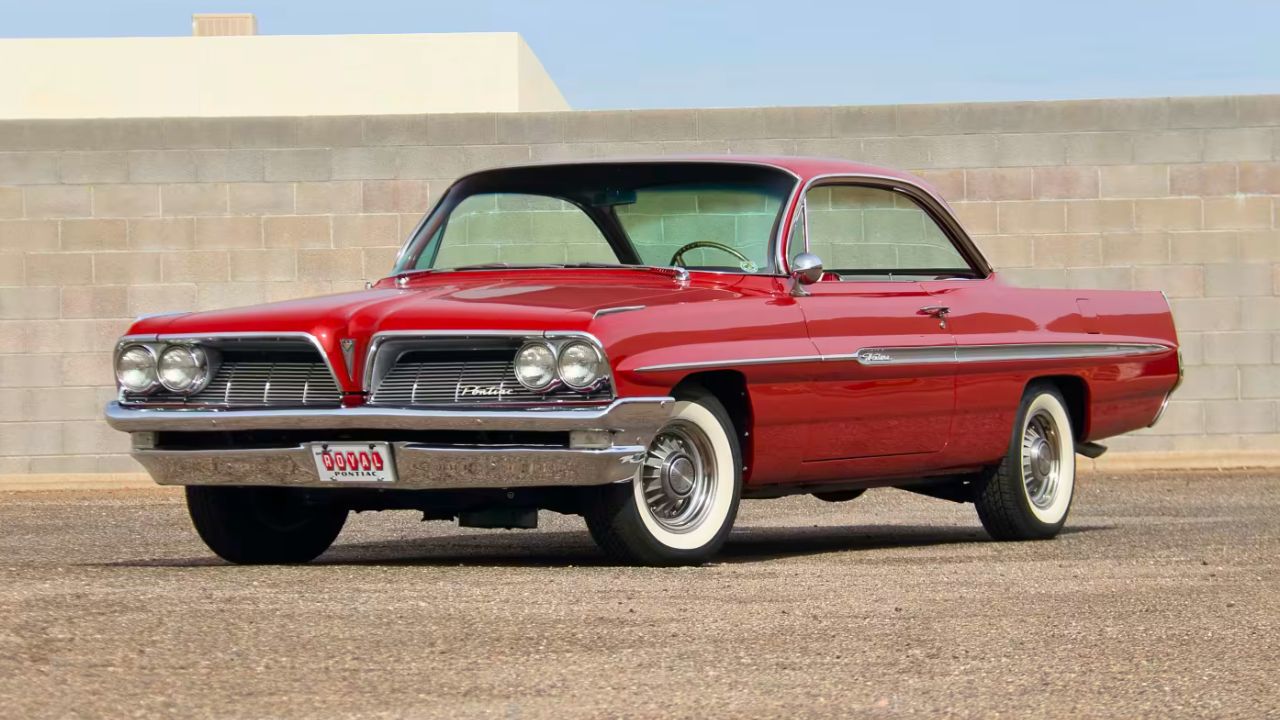
The 1961 Tempest was Pontiac’s first real foray into the compact market. It came with a rear transaxle and an odd half-V8 (the “Trophy 4”), but it was innovative and well-reviewed for its handling and balance.
While not a muscle car by any means, the Tempest set the groundwork for what would become the GTO just a few years later. More importantly, it gave Pontiac a foothold in the growing small-car segment—without abandoning performance completely.
1962: Super Duty Ignites the Flame
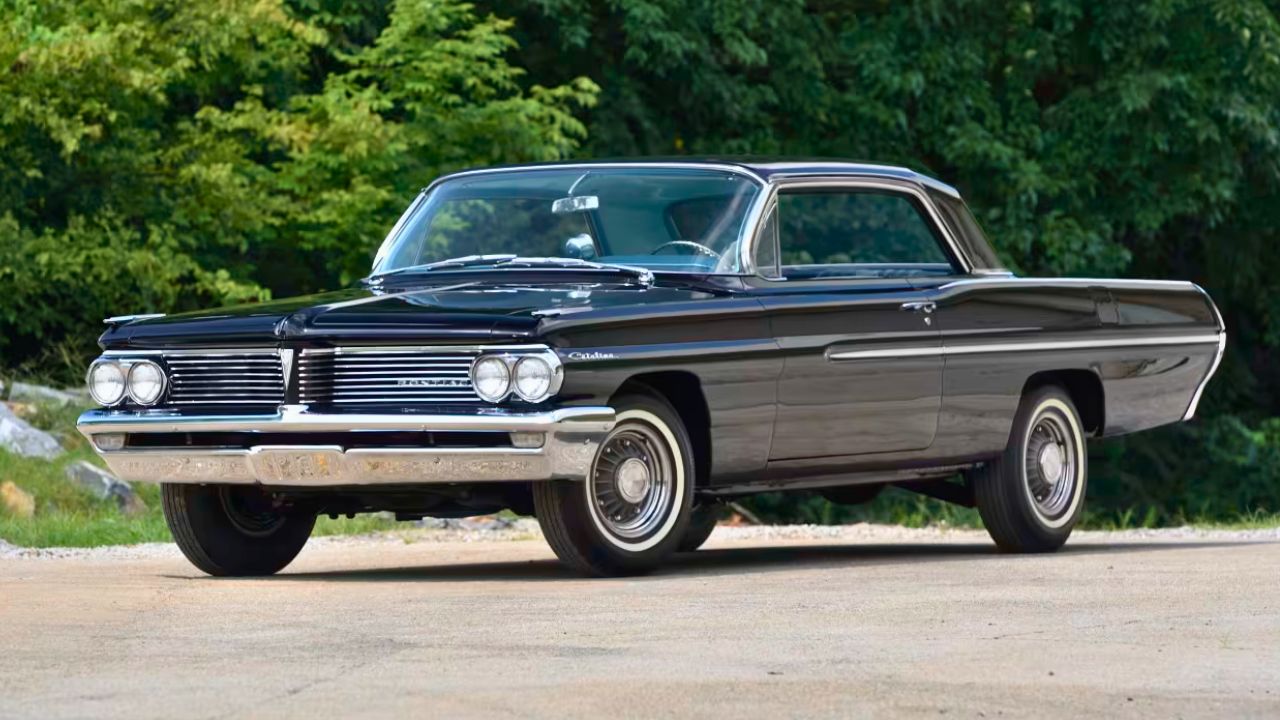
Pontiac took a hard left into performance in 1962 with its Super Duty program. These factory-built drag cars featured lightweight body panels, beefed-up frames, and specially prepared 421-cubic-inch V8s that could easily run 12s at the strip.
Only a few hundred were made, and most went to serious racers. But the Super Duty program proved Pontiac wasn’t just playing around—it was ready to go toe-to-toe with anything from Chevrolet or Chrysler. And it got people talking.
1963: Street and Strip Come Together
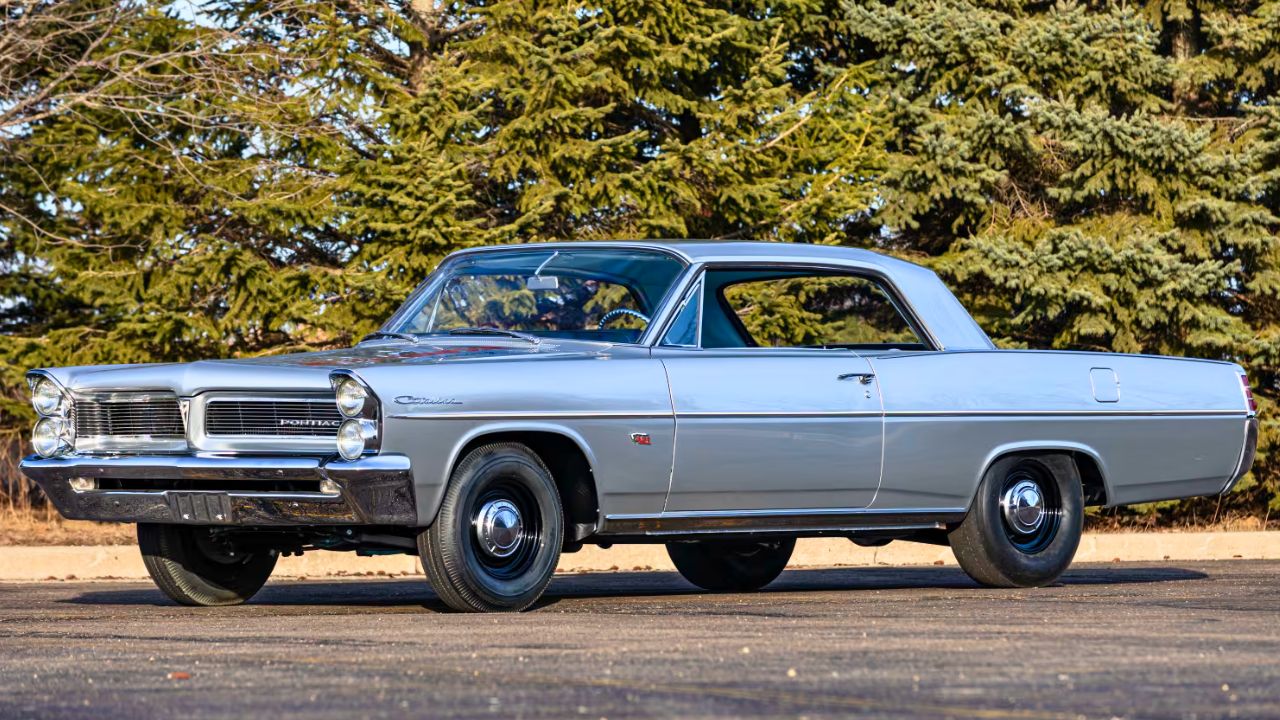
In 1963, Pontiac doubled down on Super Duty and rolled out one of the most legendary drag cars of the early ’60s: the Swiss Cheese Catalina. With holes drilled throughout the frame to shed weight, it was purpose-built for NHRA dominance.
That same year, Pontiac performance filtered down to more streetable models, too. The Grand Prix got sportier, and the Catalina and Bonneville were available with 421s and 4-speeds. The image shift was complete: Pontiac was now GM’s performance division in everything but name.
Knudsen’s Vision Took Hold
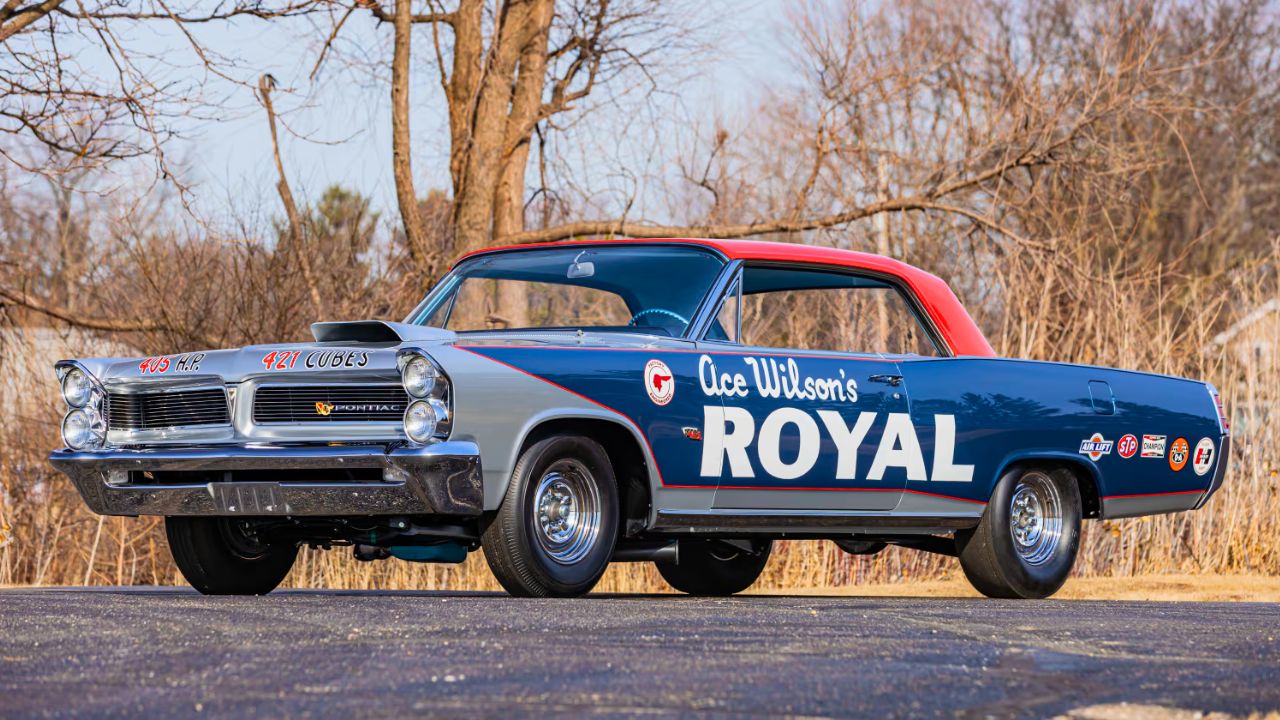
Semon “Bunkie” Knudsen’s leadership pushed Pontiac from a mid-tier GM brand into the spotlight. With the help of chief engineer Pete Estes and marketing genius Jim Wangers, the team shaped a performance identity that felt fresh and rebellious—something GM hadn’t done before.
They saw that buyers, especially younger ones, wanted more than just chrome—they wanted power, attitude, and presence. By 1963, Pontiac was delivering all three. The success wasn’t just on the track—it was showing up in showrooms.
Pontiac Was Poised to Rewrite the Rules
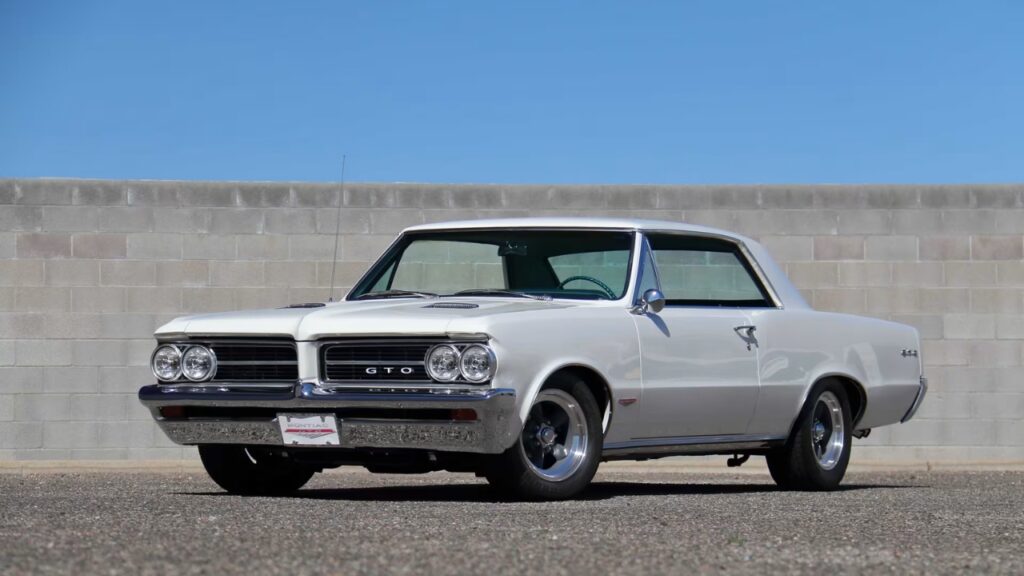
By the end of 1963, Pontiac was the third-best-selling brand in America. It had gone from sleepy to stylish in less than a decade. More importantly, it had learned how to sell performance—and how to back it up.
The pieces were in place for something big. The 389 was proven, the Super Duty cars had built credibility, and GM’s restrictions on racing were about to force a creative workaround. In 1964, that workaround would arrive wearing three letters: GTO.
Like what you read? Here’s more by us:
*Created with AI assistance and editor review.

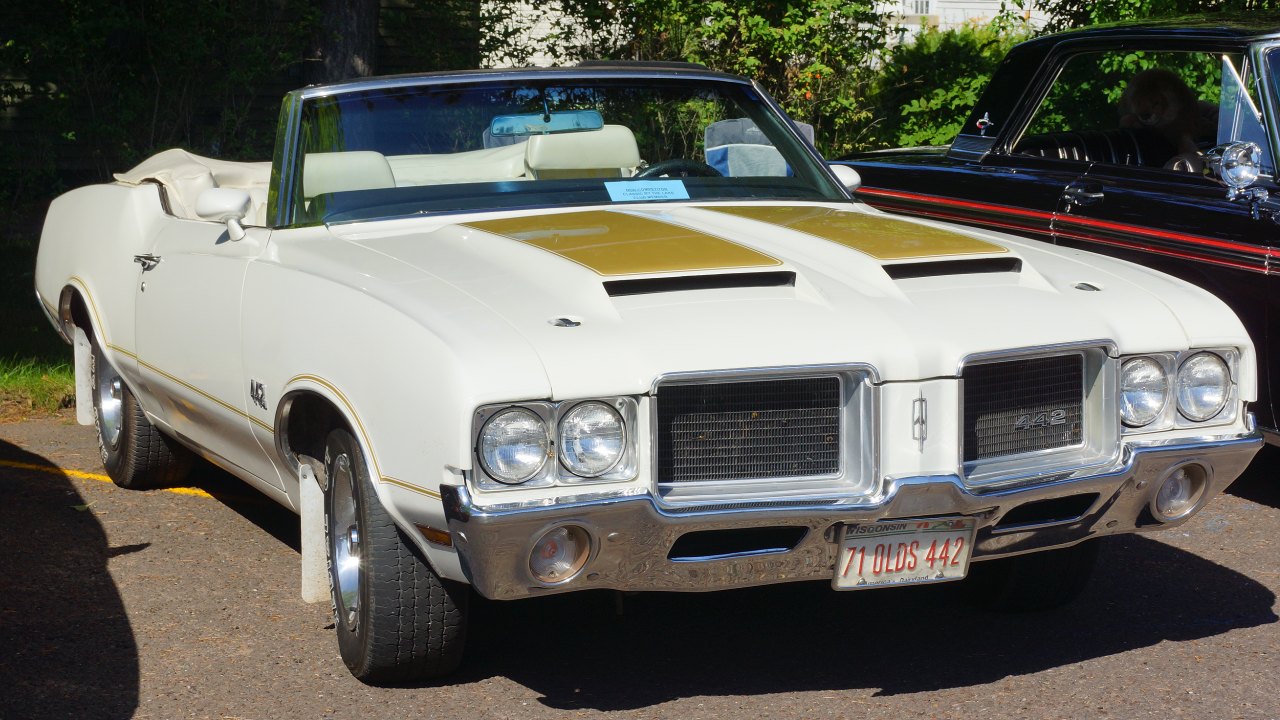
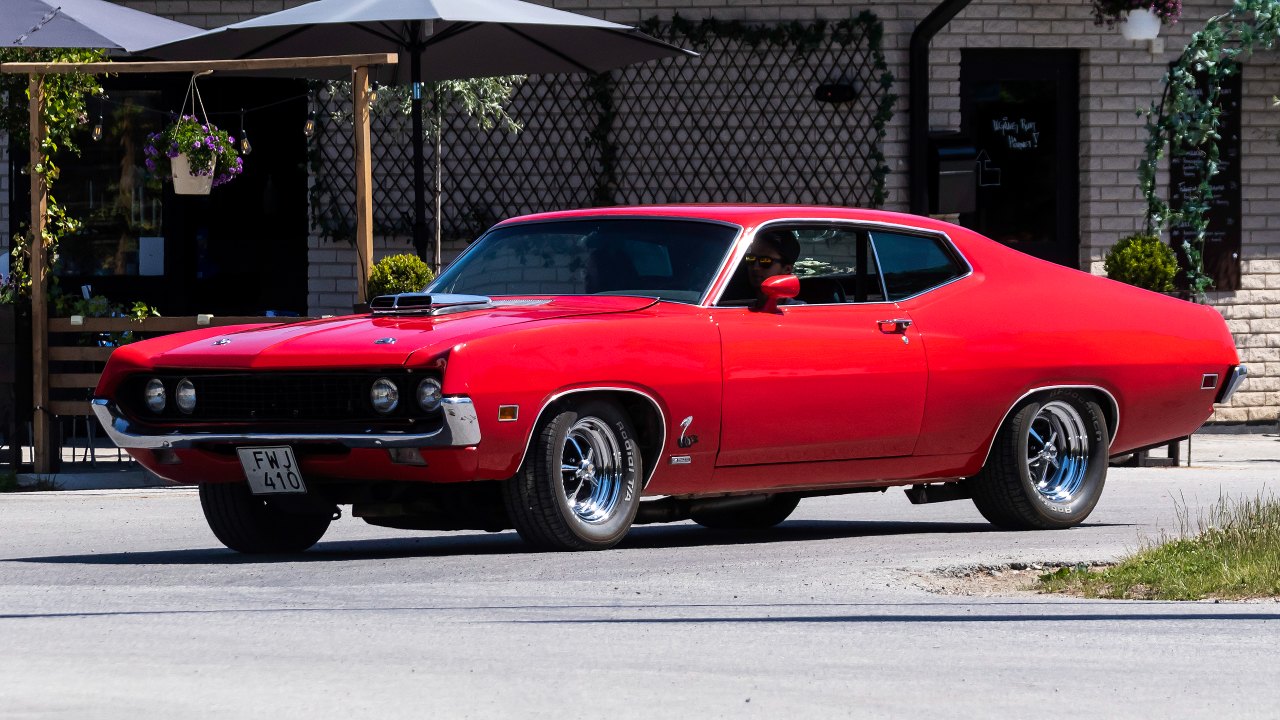
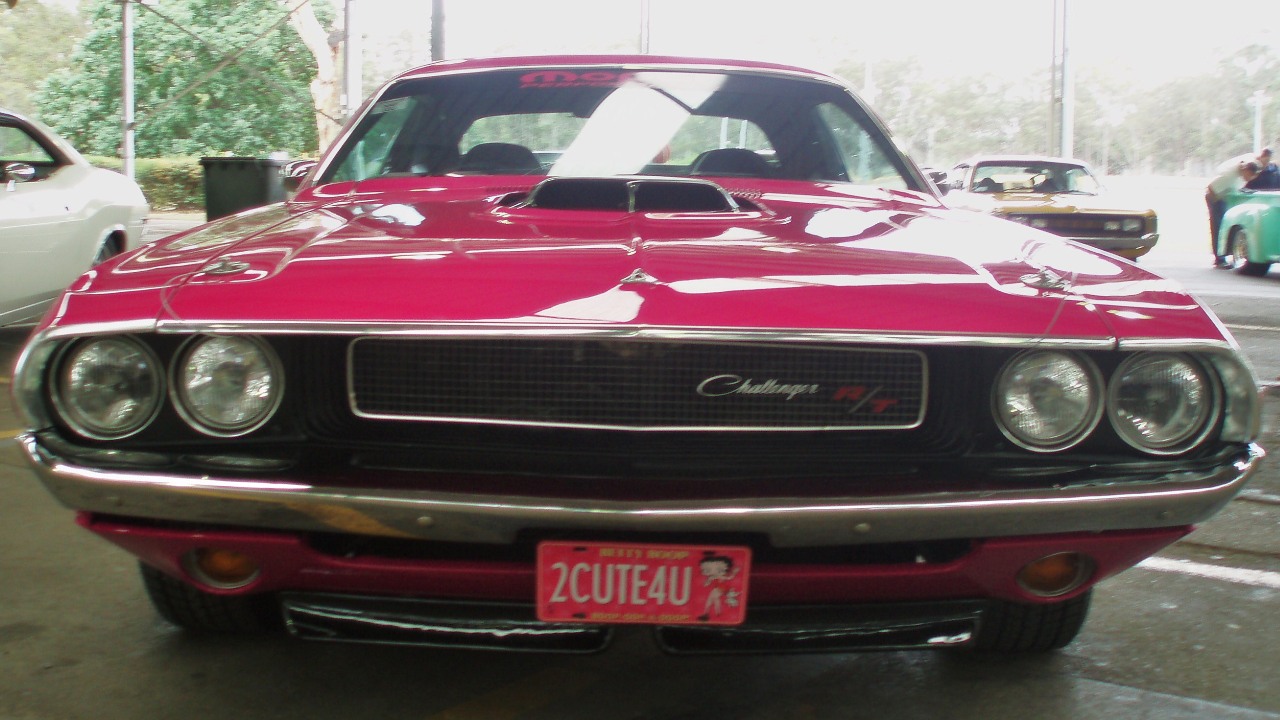


Leave a Reply